Dream Your Customers’ Dreams
Differentiation from the mass marketers is the path to financial success for the independent garden center (IGC) something we all know intuitively, but it is sometimes difficult to articulate to the consumer. Annuals, the mainstay of our business, have become commoditized, and the only perceived differential is based on price value… and IGC’s won’t win that battle with the boxes.
Customer Communication
In past columns in Lawn & Garden Retailer, I’ve discussed the concept of “up trading,” (see the January 2004 issue of Lawn & Garden Retailer) appealing to those consumers who are passionate about an activity or product that provides high personal satisfaction and enjoyment to them. Those consumers are willing to pay premium prices to attain and sate their passions. This small but growing group of consumers spends the most on an annual basis and are extremely loyal, though difficult to attract unless you are truly dedicated to focusing your assortments, merchandising and marketing to them. It’s an approach that has huge potential, but few IGCs are willing to or capable of either devoting all of their attention to this consumer or adequately being able to operate dual programs up-trending and their “regular” businesses simultaneously. To successfully execute an up-trend strategy requires that we truly understand consumer behaviors and motivations and then develop programs and services that meet and exceed these expectations, something that we should be doing routinely no matter what consumer segment you choose to address.
At the Seeley Conference last year, the discussions were centered on the relevancy of floriculture products to today’s consumers. At the end of the symposium, the overall consensus was that our floriculture products are, in fact, very relevant, but we as an industry and as individual companies have not effectively communicated our message and demonstrated how our products are relevant and beneficial. Our industry growth has become sluggish because we’ve let other industries more effectively explain and promote their relevancy far more effectively than we have. These other industries have realized something that we haven’t. They are not selling products, but rather solutions to consumer needs and expectations. They are satisfying the consumer’s emotional and psychological needs, their lifestyle and wellness/well-being desires. The applications of their products, not just the products themselves are what consumers want. If we can ever change our own approach and somewhat provincial mindsets to encompass a new way of communicating with the consumer, a way that gets beyond just product and price, the potential for growth… profitable growth… is huge. And this potential is greatest not for the mass marketers, but for the IGCs.
Identifying changing and future consumer trends and then developing a way to tap into these to your advantage is a great way to start capitalizing on your potential. If you understand what’s driving consumer purchasing behaviors, you are in a much better position to provide the solutions the consumer is looking for.
Missed Opportunities
Here’s one example that I’ve reviewed in past columns but is now becoming more pronounced as a major emerging trend. When the economy was contracting over the past few years and we were all a bit shell-shocked post 9/11. The consumers’ reaction and response was to cocoon, a somewhat defensive posture that focused on the interior home and close family connections; it was a period of the re-kindling of traditional values. As an industry, I think we missed a golden opportunity to position our products during this period, an opportunity to tout the psychological well-being and therapeutic value that plants and the activity of gardening provide.
I’ve often suggested that the consumer is buying our products, not just for the sheer joy and pleasure of gardening, but with a vision that what they are really doing is decorating their homes and expanding the outdoor spaces to become more a part of their lifestyles. Pam Danziger of Unity Marketing recently offered that, “After years of decorating and redecorating the interiors of their homes, American consumers are turning their energy outside to spruce up the exterior living areas of their homes. This shift reflects a new outdoor living lifestyle that extends family life beyond the protective cocoon of the home’s walls.” Pam adds, “Home is no longer a place to retreat, retire and nest. In the new connecting lifestage, home becomes a hub for connecting with the outside world… reaching out and doing things.”
Catering to the Consumer
So what are some of the behavior characteristics and drivers that this consumer is looking for that could impact what they purchase and where they purchase it?
Behavior. They want a sense of pride and accomplishment, whether they do it themselves or have someone provide the services for them.
Interpretation. They want new, unique, simple, easy maintenance. They want someone to pull it all together for them so they can do it themselves or someone to offer the services. Behavior. They want to express their creativity.
Interpretation. They want something that’s personalized based on their needs and lifestyles, not a cookie cutter approach. What they’re really looking for is someone to help identify and inspire their creativity, much like the recent growth of the home and yard makeover TV shows do.
Behavior. They want to entertain more.
Interpretation. The yard and garden becomes more “social” than ever before. As people start entertaining more, the garden plays a much more significant role as both an integral part of the entertaining experience itself and as an enhancement of the experience
Behavior. They are buying the end-result, not just components.
Interpretation. You need to develop a “big picture” mentality, not just sell a series of “stuff” over time, but help the consumer put together their total vision. Hardline components… grills, outdoor fireplaces, statuary, signs/banners/flags, bird feeders, furniture, and the tools and equipment to install, construct and maintain it… all become serious components of the grand scheme.
So what does this really mean for the IGC? I believe that the opportunities for the IGC to capitalize on this trend are far greater than for the mass market. Sure, they may have a lot of the individual components, but you have the opportunity to package the program and help the consumer achieve their vision; they don’t.
If you agree that this is an emerging trend you want to take advantage of, start looking at your facilities, assortments and marketing through a consumer’s eyes and mind. What can you do to develop and merchandise the assortments that help the consumer envision the end result? What services can you provide that offer personalized ideas and suggestions for both the DIY consumer and those who want the job done professionally? How can you best communicate your strategy and programs to your specific consumer?
Many of you already have the individual pieces and parts in place to provide consumers the solutions they need; it’s just a matter of packaging them up in a way that makes sense to your consumer, that helps them realize their vision.
The opportunity for you is to get beyond selling individual products… what you’re really selling are dreams and improved lives and lifestyle. And we all have dreams…

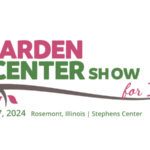


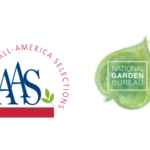

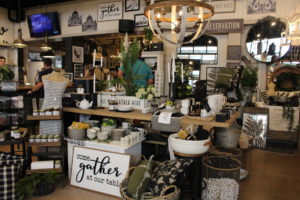
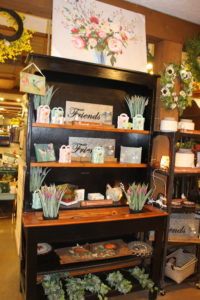
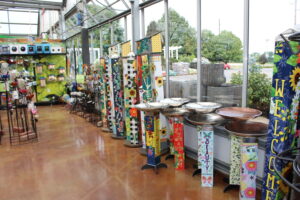
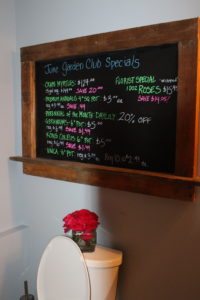
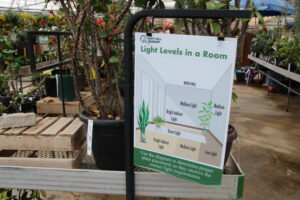

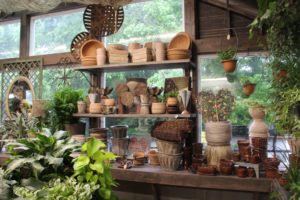

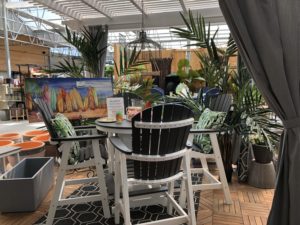
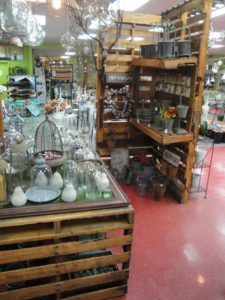
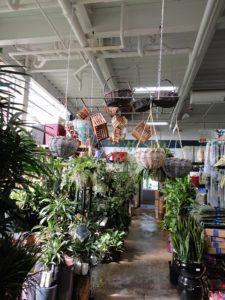
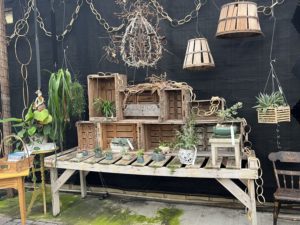
 Videos
Videos





